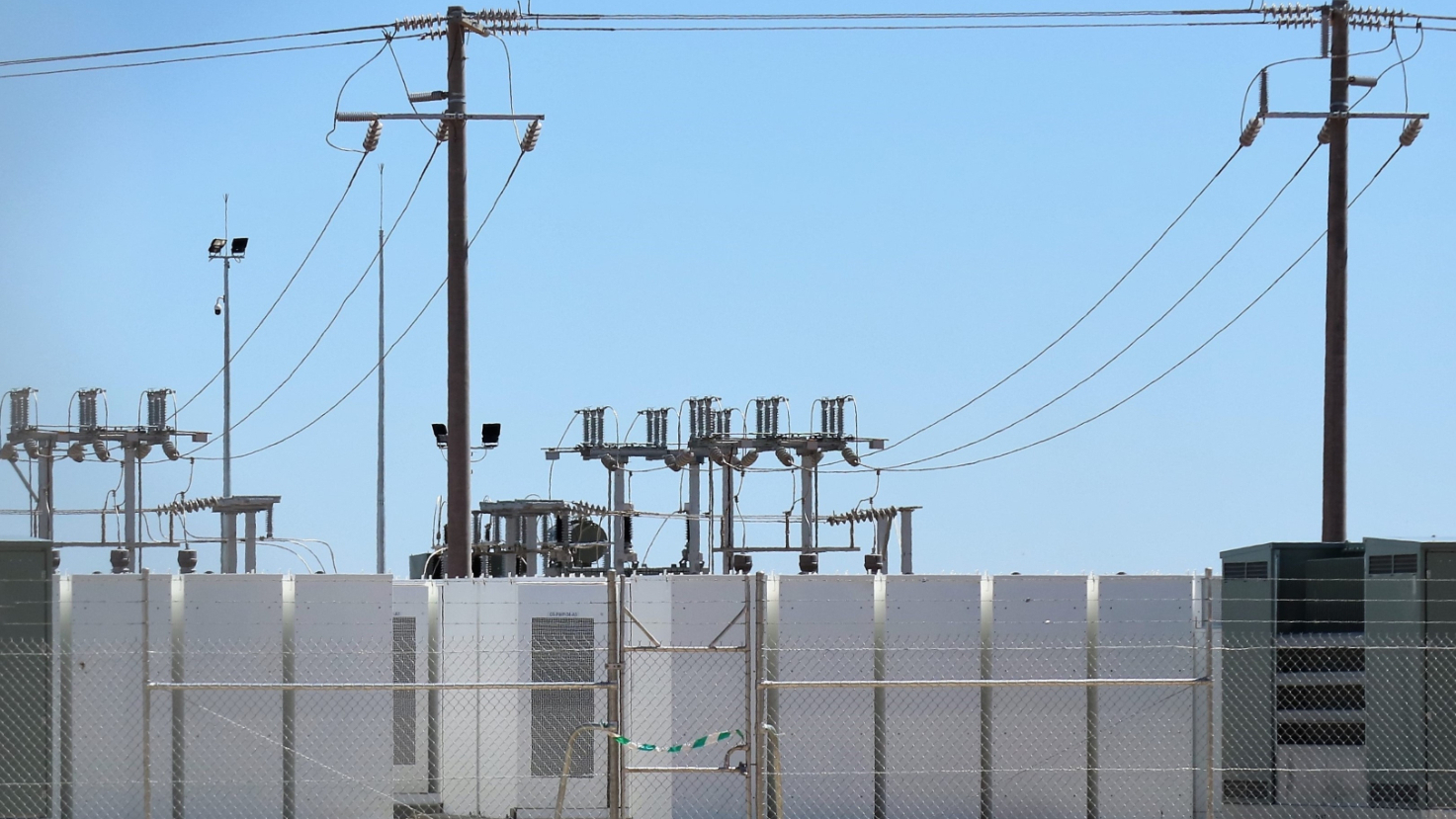
Energy storage: the supply chain issues for investors
With demand for lithium growing as a power source for energy storage, investors have a crucial role to play in encouraging moves to a more sustainable supply chain.
Climate change is the biggest systemic risk faced by our environment, our society and consequently our economic and financial systems. Substantial investment is required to not only mitigate the impact of climate change but also to adapt to the changes in our climate that are already taking place.
Governments and corporations all over the world have started the net-zero journey. In the UK, the government has shown a strong commitment to addressing climate change, becoming the first country to bring into law a legally binding target of net-zero emissions by 2050. The UK government’s Net Zero Strategy: Build Back Greener plan stated: “The science could not be clearer: by the middle of this century the world has to reduce emissions to as close to zero as possible. Delivering this requires urgent global action, including ending coal-fired power generation, retiring petrol and diesel engines from all cars, and halting deforestation.”
Investors not only need to be ahead of the transition that is already underway, but also understand they hold the power to accelerate the move to a net-zero world. Certain investment choices can play a great part in helping us avoid reaching the negative tipping points that will bring about cascading runaway climate change.
It is against this backdrop that the energy storage sector is seeing significant growth. Energy storage, or batteries to use a more familiar term, will form the basis of an alternative, clean, affordable and secure energy system and, as such, it is central to global aspirations of achieving net zero. Achieving long-term battery storage with scaling to bring the cost point down will be a “positive” tipping point that accelerates the energy transition.
While the potential in the market is great, there are key things about which investors need to be mindful. There are technical issues that are being tackled as the technology evolves; once addressed they will also have a hand in achieving the scale and therefore cost point needed. But supply chain issues and considerations also have a wider social and environmental impact, and these must be prioritised by investors today.
Energy storage today
It is clear that the market for batteries is enormous and demand is expected to grow significantly this decade. John Goodenough, Stanley Whittingham and Akira Yoshino started their work developing the lithium-ion (Li-ion) battery over 40 years ago, but it wasn’t until 2019 that it was recognised as “world-changing” and they received the Nobel Prize in Chemistry. Subsequently, the Li-ion battery has become the most popular energy storage option, representing more than 90% of battery use globally.
As well as being a very lightweight element, lithium is highly reactive, which means a lot of energy can be stored in its atomic bonds and electric current flows easily. This makes it ideal for producing batteries that are lightweight, rechargeable and offer efficient storage over a reasonably long period. We have them in most of our devices like laptops and mobile phones, and they are the battery used in most electric cars.
Li-ion batteries are also important because of their potential for grid storage; in the UK they are used to store renewable energy for the UK’s national grid. While other battery technology solutions are being explored, for example Finnish company Polar Night Energy recently hit the headlines with its sand battery, it’s hard to see Li-ion being replaced at scale in the near future given its widespread use case.
While there is significant and increasing demand for lithium for use in batteries, it is essential to pivot to a more sustainable supply chain. Investors play the key role here.
What does it cost?
Although lithium can be found on every continent, extracting it is either carbon- or water-intensive, and the extraction process can release toxic chemicals, harming communities, ecosystems and food production. It is critical to the energy transition but these consequences do not meet the goal of a “just” transition given the implications to local populations and sustainability of the ecosystem – the impact on biodiversity too is an entirely connected net-zero issue to be considered.
So, while there is significant and increasing demand for lithium for use in batteries, and hence investment growth opportunity, it is essential to pivot to a more sustainable supply chain. Investors play the key role here. Through their stewardship and engagement activity with the companies they are invested in they can encourage cleaner approaches and tackle the negative social impact.
What do investors need to think about?
Cleaner and more socially beneficial approaches to lithium extraction will be key to delivering sustainable, long-term returns in the energy storage industry. Examples exist today and provide a blueprint for others: emerging technology is already being used to greatly improve the efficiency of extraction from brine pools in Bolivia. Geothermal power generation in the Upper Rhine is being used to establish one of the world’s first net-zero extraction operations, and there are more. By asking the question of their asset managers, investors can start the stewardship chain reaction.
Opportunities to invest in companies that are at the forefront of the energy transition will come from being fully engaged with developments in the energy storage sector and its implications for other sectors and industries. As will managing the risks and developing a deeper understanding and engagement on the supply chain issues.
Companies that don’t have control of their supply chain and rely on raw materials for battery production, for example, may not have the depth or finances needed to protect against supply chain strains, compared to those that are more vertically integrated.
More fundamentally, investors need to look beyond emissions. They have the power and leverage to support the orderly transition to a net-zero, just future, which is ultimately essential for sustainable long-term investment returns.
Mhairi Gooch is senior responsible investment consultant and net-zero lead at Hymans Robertson.




